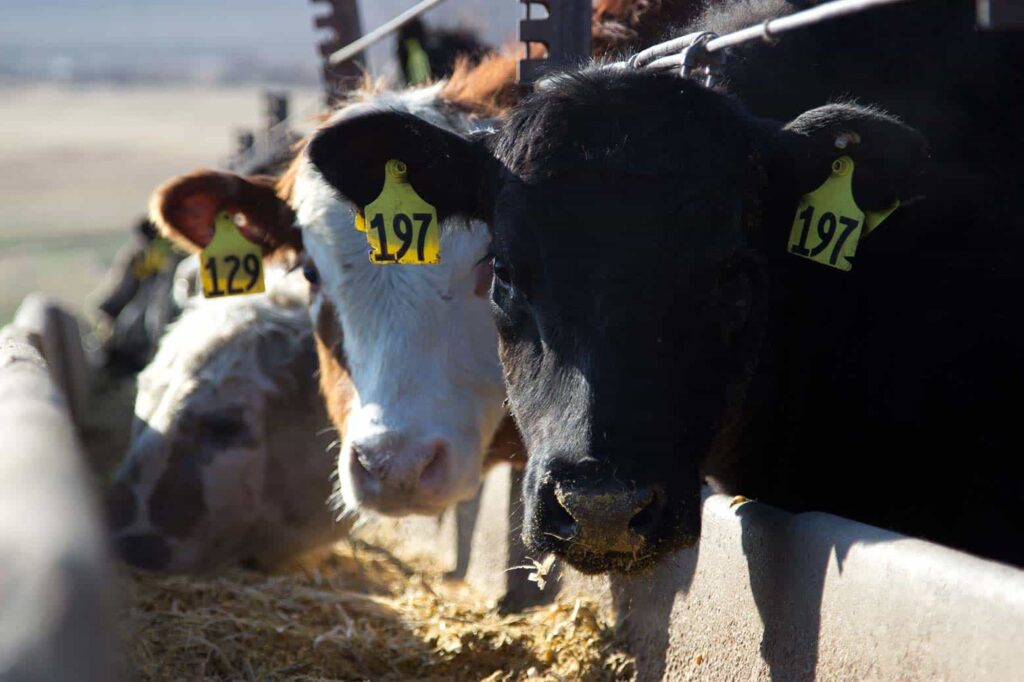Mycotoxins are a known issue in livestock feeding, but do we truly recognize where they come from and how much impact they have on our animals? What performance, immune, social behavior and welfare issues can they cause in our beef cattle? What can we do to help prevent the problems associated with feeding mycotoxin-contaminated feeds?
During the growing or storage seasons, grains can develop different molds when these molds are stressed (in the field and/or in storage), they can produce toxins. Weather can be an indication of which types of toxins are produced. For example, wet and cool seasons are more likely to produce vomitoxin (DON), zearalenone and T-2 toxin. While hot and humid conditions are a breeding ground for fumonisin and aflatoxin. Problematically, toxins can be present in feed even when no mold is seen. North America is especially challenging with large climate fluctuations, and with extensive shipping of DDGS we often see three or more toxins in one feed sample, which drastically changes how we should view the levels of contamination.

Mycotoxins have vastly different impacts on livestock; for example, poultry can handle significant levels of vomitoxin, whereas pigs and dairy cows handle it very poorly. Cattle are sensitive to DON with as small amounts as 1.5 ppm. Those small amounts can cause diarrhea, feed refusal and displaced abomasum. Feed contaminated with multiple toxins present can cause many symptoms such as: feed refusal, swollen mammary glands, reduced body weight, decreased gain and efficiency, decline in reproductive performance and a decrease in overall animal health and performance. Mycotoxins can lower the cattle’s ability to protect itself from disease and allow for secondary infections.
Although there is no way to completely get rid of mycotoxins, we can take preventative measures to minimize their impact on cattle by evaluating our ingredients and using appropriate proven supplements.
Invisible mycotoxins in our feed make it exceedingly difficult to prevent problems. Having the insurance of products such as Equalize™ Beef to supplement the feed with clays, yeast cell walls and other supportive ingredients can help protect your investment from this invisible handicap.
Furst-McNess Company
https://www.mcness.com/equalize/
815.801.2744 | beef@mcness.com